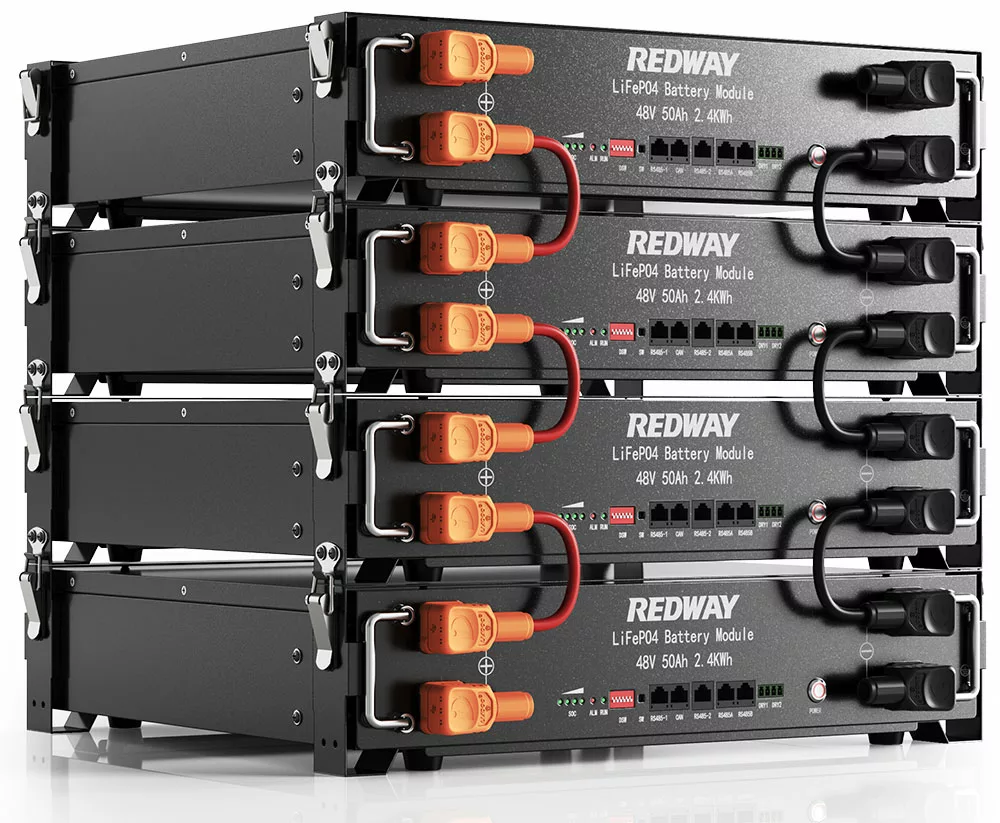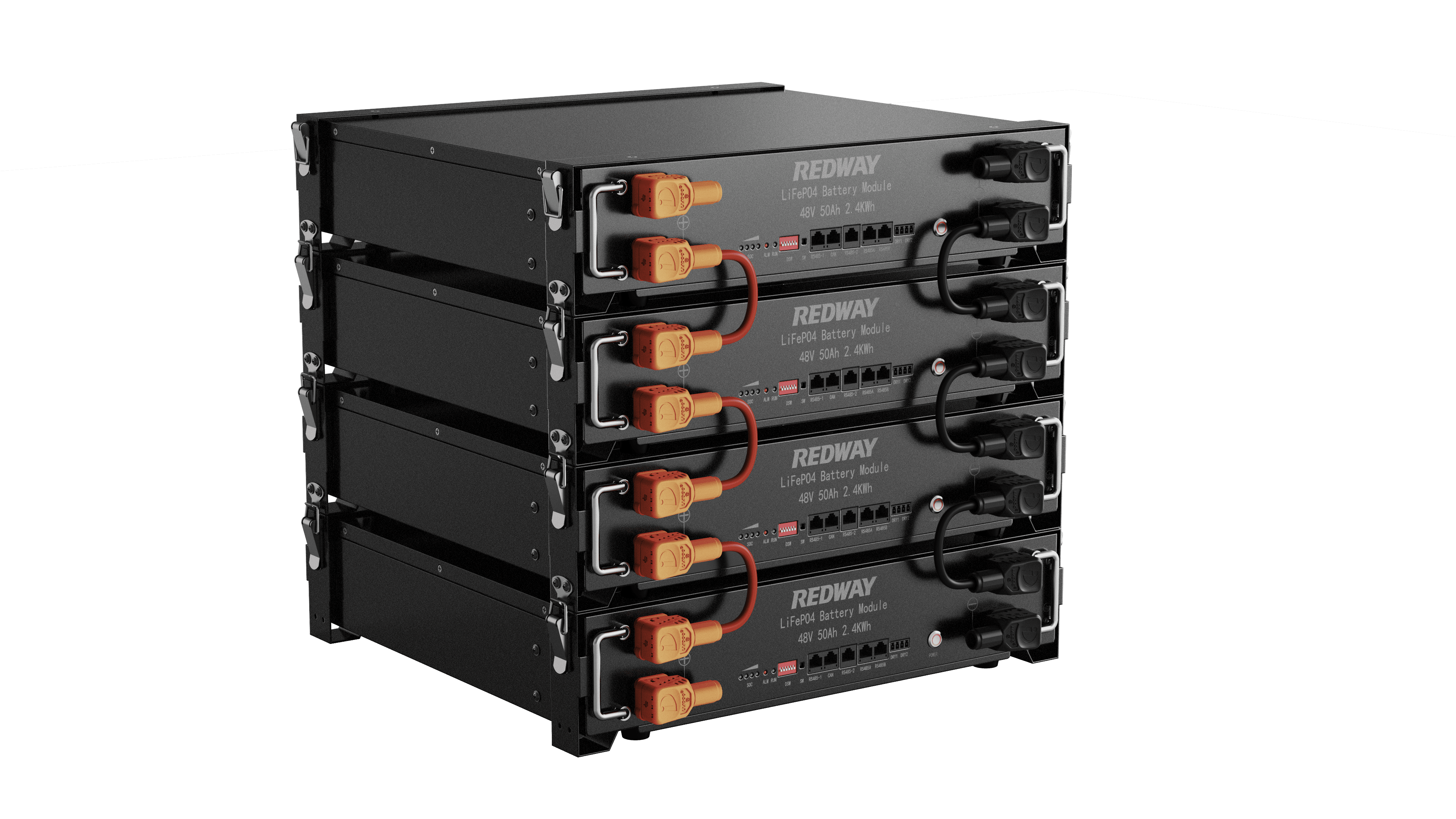Lithium battery modules are essential components in modern energy storage systems, providing reliable and efficient solutions for various applications, including renewable energy integration, backup power, and electric vehicles. This comprehensive guide explores the key features, benefits, installation processes, and maintenance requirements of lithium battery modules used in energy storage projects.
What Are Lithium Battery Modules?
Lithium battery modules are assemblies of lithium-ion cells designed to store and deliver electrical energy. They can be configured to meet specific voltage and capacity requirements for diverse applications. These modules are known for their high energy density, long cycle life, and safety features compared to traditional lead-acid batteries.Chart: Comparison of Battery Types
| Feature | Lithium-Ion Batteries | Lead-Acid Batteries |
|---|---|---|
| Energy Density | High | Low |
| Cycle Life | 2000-5000 cycles | 500-1000 cycles |
| Weight | Light | Heavy |
| Maintenance | Low | High |
Why Choose Lithium Battery Modules for Energy Storage Projects?
Lithium battery modules offer several advantages that make them ideal for energy storage projects:
- High Efficiency: They provide excellent charge and discharge efficiency, ensuring minimal energy loss.
- Scalability: These modules can be easily scaled to meet increasing energy demands by adding more units.
- Long Lifespan: With a lifespan of up to 15 years or more, lithium batteries reduce the frequency of replacements.
How Do Lithium Battery Modules Work?
Lithium battery modules operate by storing electrical energy in lithium-ion cells through electrochemical reactions. When charged, lithium ions move from the positive electrode (cathode) to the negative electrode (anode). During discharge, the process reverses, releasing stored energy for use in various applications.Chart: Basic Operation of Lithium-Ion Batteries
| Stage | Process Description |
|---|---|
| Charging | Lithium ions move to the anode |
| Discharging | Lithium ions move back to the cathode |
What Are Common Applications for Lithium Battery Modules?
Lithium battery modules are versatile and can be used in various applications:
- Renewable Energy Systems: They store excess energy generated from solar panels or wind turbines for later use.
- Backup Power Systems: Provide reliable power during outages for homes and businesses.
- Electric Vehicles: Serve as the primary power source for electric cars and bikes.
What Is the Installation Process for Lithium Battery Modules?
Installing lithium battery modules involves several steps:
- Preparation: Assess site conditions and ensure compatibility with existing systems.
- Mounting: Securely mount the battery modules in a designated area with proper ventilation.
- Connection: Connect the modules to the inverter or charge controller according to manufacturer specifications.
- Configuration: Set up any necessary parameters on your battery management system (BMS).
How Can You Maintain Lithium Battery Modules for Longevity?
Regular maintenance is vital for ensuring optimal performance:
- Routine Inspections: Check for physical damage or loose connections regularly.
- Performance Monitoring: Use a BMS to track voltage levels, temperature, and overall health of the batteries.
- Cleaning: Keep terminals clean and free from corrosion to ensure good connectivity.
Chart: Maintenance Schedule for Lithium Battery Modules
| Task | Frequency |
|---|---|
| Visual Inspection | Monthly |
| Performance Check | Quarterly |
| Cleaning Terminals | Every Six Months |
What Are Safety Features of Lithium Battery Modules?
Safety is a critical aspect of lithium battery design:
- Battery Management System (BMS): Monitors cell health, temperature, and voltage levels to prevent overcharging and overheating.
- Thermal Protection: Includes mechanisms to dissipate heat effectively.
- Robust Construction: Designed to withstand harsh environmental conditions without compromising performance.
Industrial News
The demand for lithium battery technology is surging as industries shift towards renewable energy solutions. Recent advancements focus on enhancing energy density and safety features while reducing costs. Companies are also investing heavily in recycling technologies to manage end-of-life batteries sustainably. This trend is expected to drive further innovation in energy storage systems.
Redway Expert Insights
“Choosing high-quality lithium battery modules is crucial for any energy storage project,” states a Redway expert. “These modules not only provide efficiency and reliability but also support sustainable practices by integrating seamlessly with renewable energy sources.”
FAQ Section
What is a lithium battery module?
A lithium battery module is an assembly of lithium-ion cells designed to store electrical energy efficiently.How long do lithium battery modules last?
Lithium battery modules typically have a lifespan of 10 to 15 years with proper maintenance.What are common applications for these batteries?
They are used in renewable energy systems, backup power solutions, and electric vehicles.




